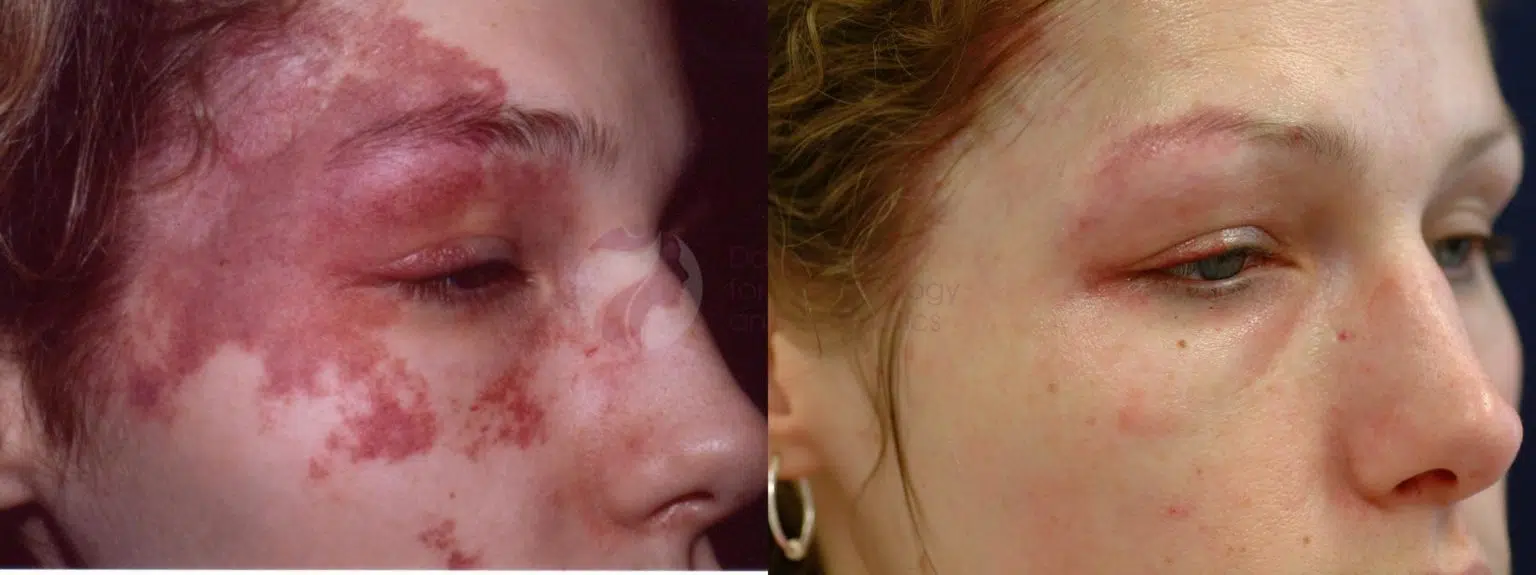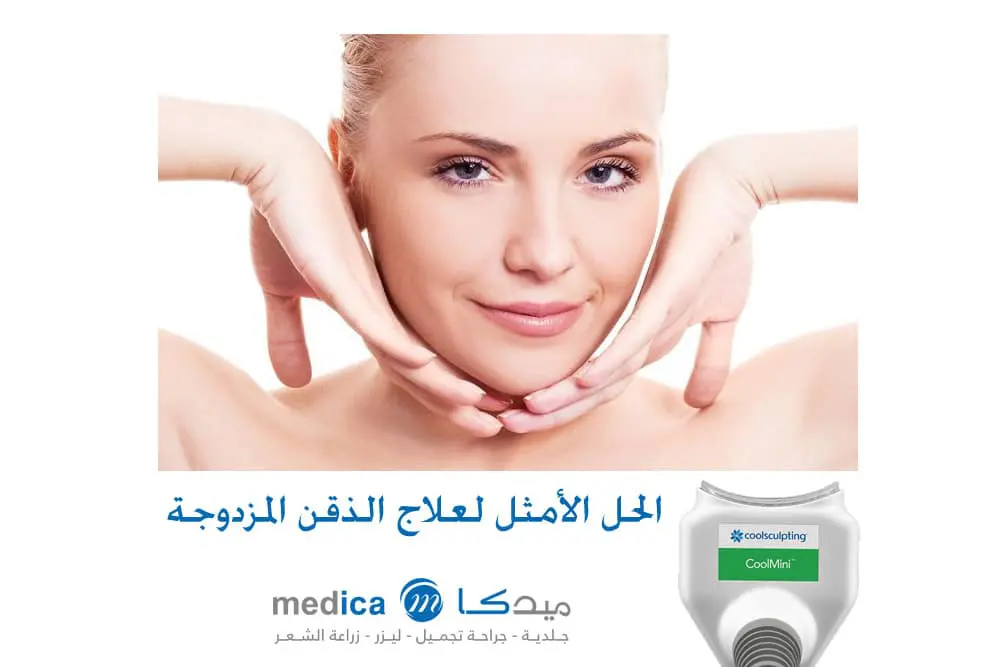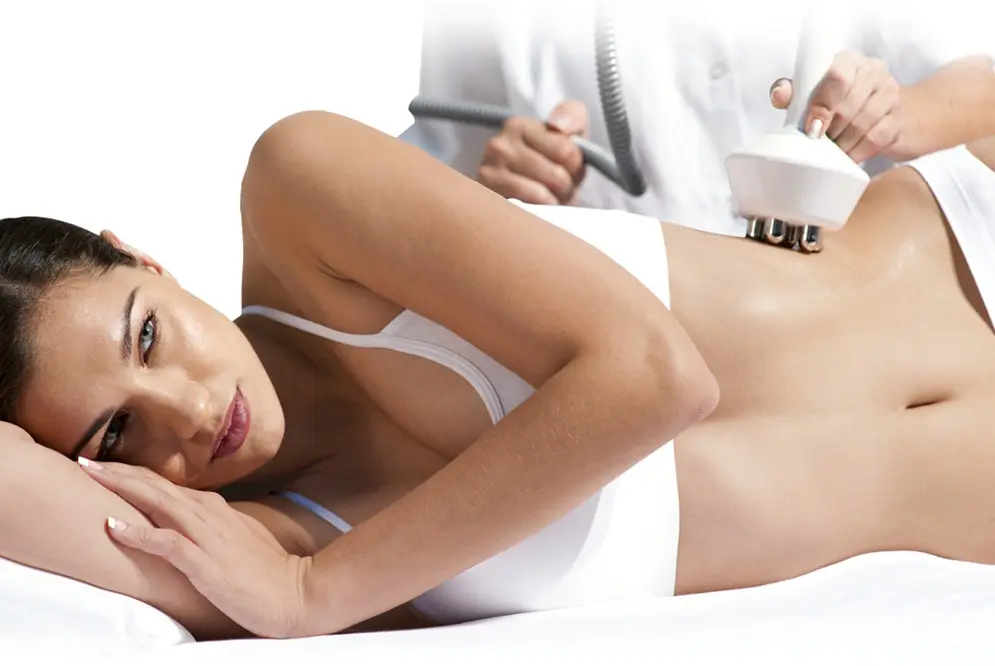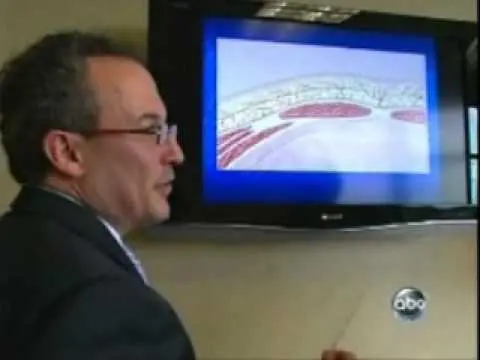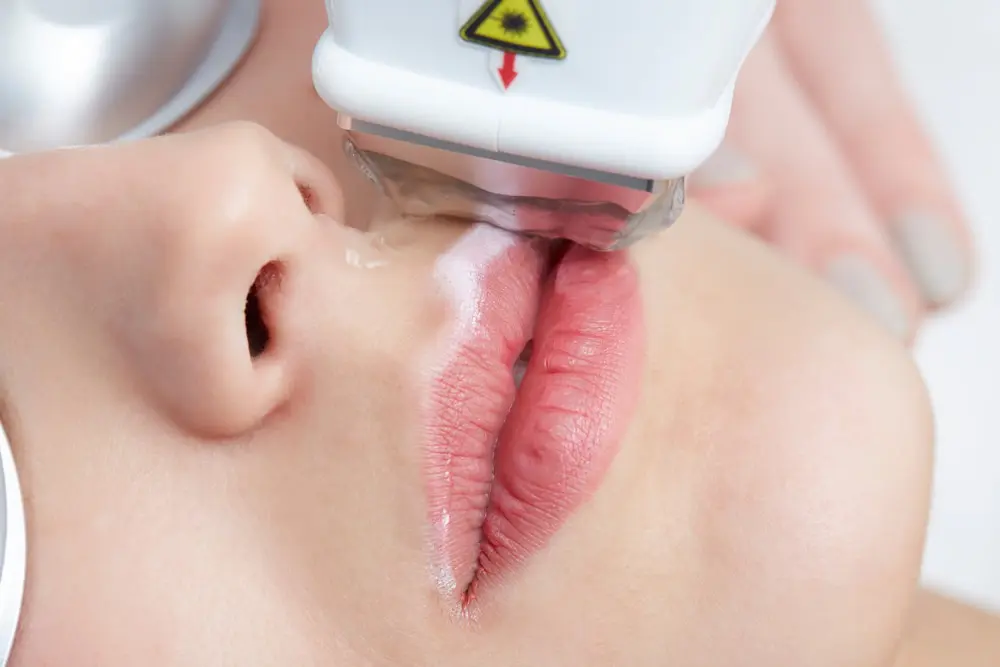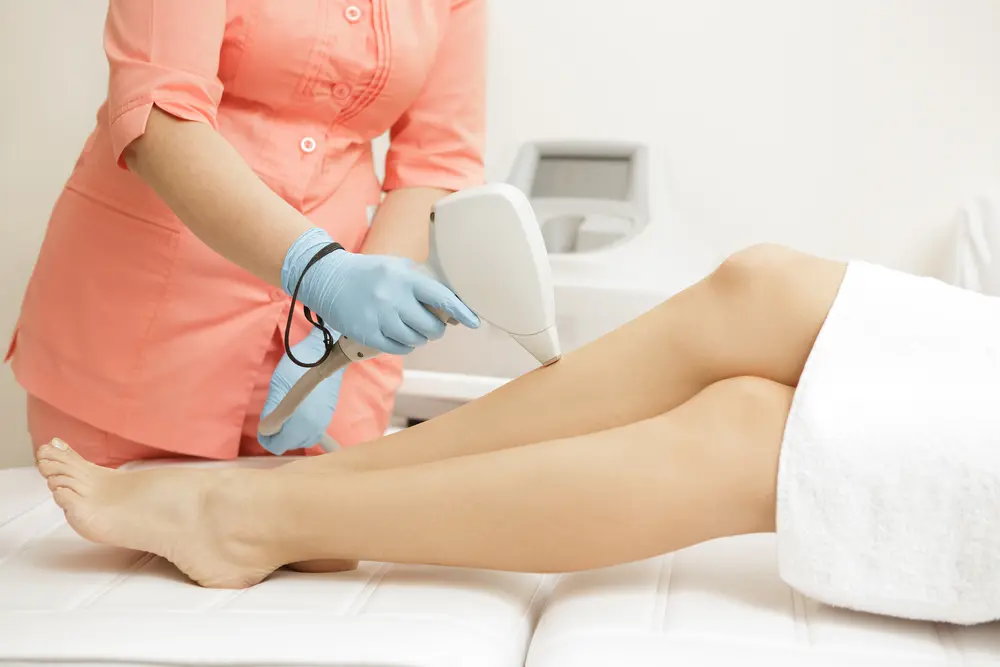One of the most important advantages of laser treatment is “high selectivity” in targeting the desired areas and bodies in the body. This is therefore reflected in the level of safety of the laser used. Since the use of lasers on humans in the 1960s, lasers did not have the required targeting selectivity until the emergence of the theory of “selectivity” in laser therapy, which was called selective photothermolysis as a product of the research effort of the prominent scientists Parish and Anderson of Harvard University in 3198AD.
PDL (Pulsed Dye Laser) is the first laser discovered and applied based on the highly selective theory. This laser is used to treat changes, skin phenomena, red effects and vascular dysfunctions of various kinds and is one of the most important types of vascular laser.
It is called “Pulsed-Dye Laser” or the scientific name of this technology, which was produced by many companies, which in turn called it several brand names such as: Scleoplus, V-veam, V-beam perfecta, V-star, Prima and others.
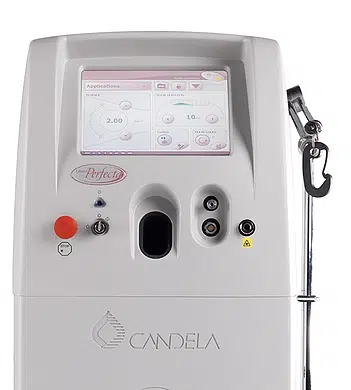
Uses of PDL lasers
The pulsed laser has a very high degree of safety and effectiveness in treating red skin signs and phenomena and is authorized for use for all age groups of adults and children alike. It is effective in treating a variety of skin diseases and phenomena such as:
- Rosacea and redness of the face
- Dilated capillaries of the face and extremities
- Red Vascular Birthmarks
- Red stretch marks and cracks
- Red Acne Traces
- Red Scars and Skin Bruises
- Other hematopathies
- Warts
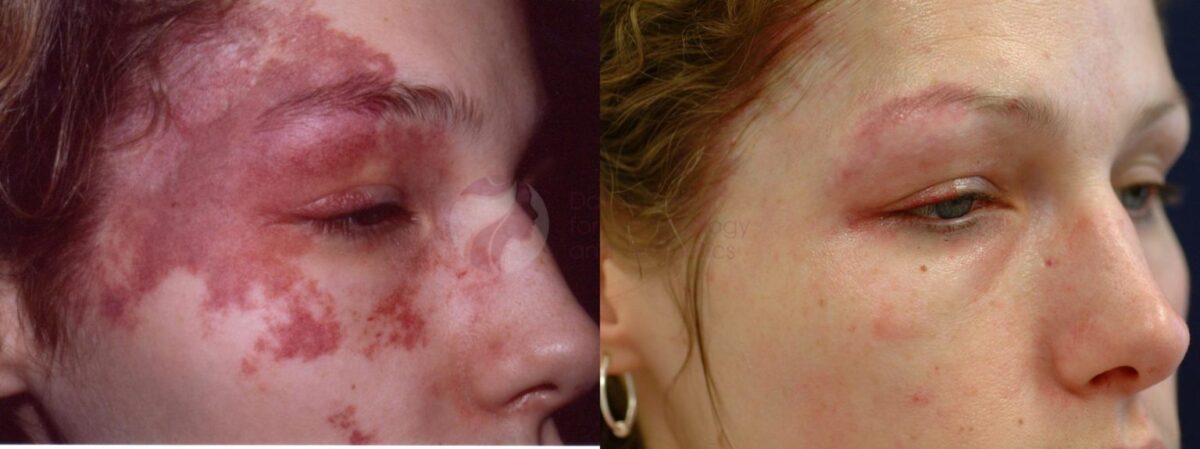
How does a PDL laser work?
PDL uses a focused beam of laser light that targets blood vessels in the layers of the skin and hemoglobin in the blood so that the emitted light turns into heat that targets the blood vessels and causes clots within the blood vessels without harming the surrounding skin tissue, in addition to other mechanisms of action that cannot be mentioned here. The light of this laser is called yellow light.
Number of sessions and results
In general, PDL laser treatment requires several sessions every 4-12 weeks depending on the type and severity of the condition. Some cases require only 3 sessions while others require 6 or more sessions. The results appear gradually and cumulatively.
The criteria, the capacity of the treatment and the number of appropriate sessions are usually determined depending on several factors, including:
- Size and type of case processed
- The location of the condition in the body
- Depth of the condition in the skin
- Color of the skin

What are the advantages of PDL laser?
- Accredited by international scientific bodies such as the US and Saudi FDA
- Has a strong global scientific and research basis
- Can be used for young and old
- For dark and light skin
- High level of safety and effectiveness
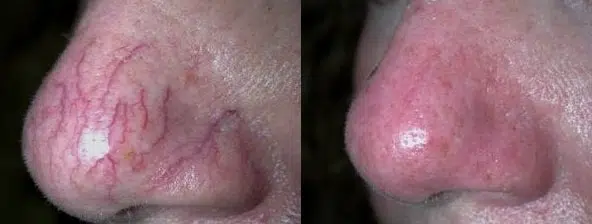
Are there pains during the session?
Although the cooling function is available with PDL lasers, some patients may feel mild and possible pain with laser flashes, and the discomfort can be minimized by using a local anesthetic cream on the target area applied approximately an hour before the start of treatment.
Some children describe treatment as painful even with local anesthesia and may be treated under hypnosis or general anesthesia especially if large areas of skin are treated.
What are the possible side effects of PDL lasers
Side effects are few and the most common side effect is bruising at the treatment site that usually disappears within 10-3 days.
Although pigmentation is rare, it is one of the possible side effects, especially for people with darker skin. Such side effects can be avoided and reduced by using appropriate standards of treatment, avoiding sun exposure after treatment, and using sunscreen correctly after the session.
What’s new with PDL?
One of the new uses of this laser is in the world of cosmetic injections, where it has been proven that PDL laser is useful in the treatment of bruises resulting from Botox and fillers, as it was the first to describe the use of this technique for this purpose, Professor Guranmis from the United States. For this purpose there are special criteria that are used to achieve the desired result.

Are there uses of PDL lasers in cosmetic medicine?
Yes, there are uses for this laser in cosmetic and laser dermatology and surgery, such as treating surgical scars when they are in their infancy, such as after breast surgeries and abdominoplasty operations. It is also the most appropriate treatment for red skin cracks when they are in their infancy. PDL laser is used in the treatment of red acne scars, especially after the end of treatment with isotretinoin (Roactan), in addition to its uses for redness of the face and capillaries.
Is there experience of using lasers in Saudi Arabia?
Totally agree. This type of laser has been available for several years and personally I have dealt with multiple and successive generations of this device for more than 25 years for adults and children and for almost all cases such as rosacea, various capillaries, birthmarks, scarring, cracks, traces of acne and others. I can say after this long experience that this is one of the best laser devices used and the most studied, safe and effective, but it requires knowledge of how to use the device and choose the appropriate criteria for each case and knowledge of the scientific protocols for the treated case.

